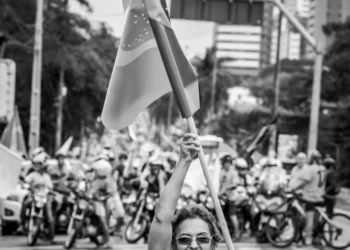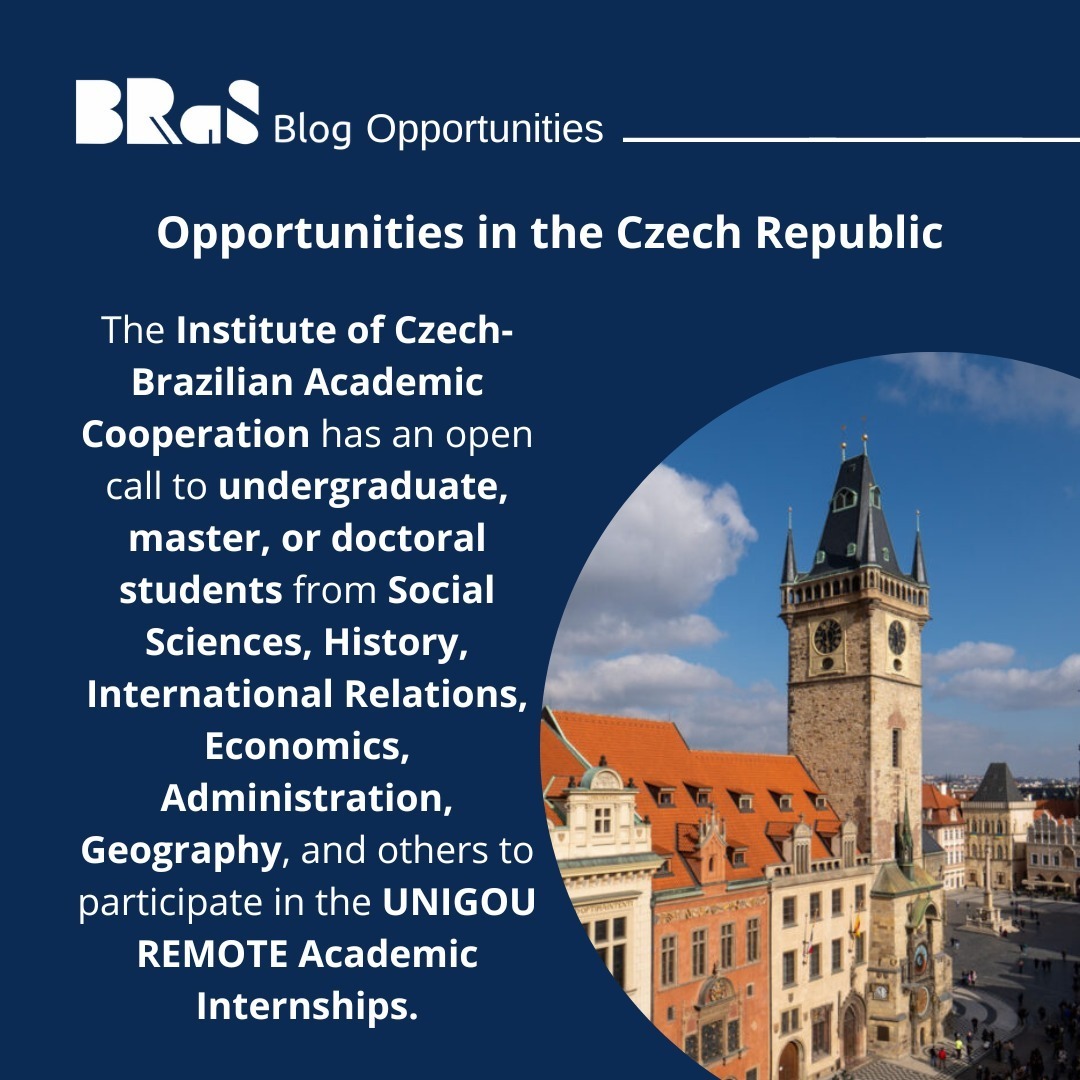Introduction
For the colonization of the Americas to be possible, 12 million enslaved black Africans were brought from Africa between the end of the 15th century and the 19th century (MOYA, 2018). This amount meant that, in terms of proportion, for every European immigrant who arrived in the “New World,” four black Africans were brought as slaves to the continent (Moya, 2018). Latin America was the destination for more than half of this flow – 58% (Moya, 2018); the region’s prominence in receiving the slave trade, however, was not constant throughout the time period in which enslaved black Africans were the primary type of labor used for the exploitation and spoliation of the Americas:
“During the first century and a half of the traffic (1492-1650), Latin America absorbed 97% of the trade, with the silver-rich Spanish mainland colonies receiving 76% of the enslaved people, the Spanish Caribbean 6%, and Brazil 15%. In the next century and a half (1650-1800), the sugar plantation boom in the British, French, and Dutch West Indies diminished the Iberian share to 36%, almost all of it Brazilian, as the proportion headed to the Spanish colonies shrank to 3% of the total. With the collapse of the sugar economy in Saint-Domingue during the Haitian Revolution and the abolition of the slave trade in the British Empire in 1807, Latin America again became the principal destination, receiving 88% of all enslaved people imported to the New World during the 19th century” (Moya, 2018, p. 38)
The case of Cuba
Cuba, until the first half of the 18th century, was a destination for European immigrants with an economy based on family farming, services, and commerce (Moya, 2018). During the 18th century, the following events took place in the international context: (i) the Haitian Revolution, which caused a decline in sugar production in Saint-Domingue, then the largest in the world (Moya, 2018); (ii) an increase in sugar prices, as a result of the Napoleonic Wars (Moya, 2018); (iii) the wars of independence in Mexico, whose epicenter was Bajío, the country’s central mining region (Moya, 2018). Such a situation means that, at the same time that Cuba loses its lucrative position as an essential warehouse for minerals extracted by the Spanish crown from its colonies in America, interest in the planting of sugar cane and sugar production grows on the island (Moya, 2018). With a favorable climate and an abundance of clayey plains, Cuba, in a very short time, becomes the central sugar hub in the world:
“By 1806, its production had surpassed Jamaica’s, by the mid-1820s it exceeded Saint-Domingue’s at its peak, and by the middle of the 19th century, it accounted for 31% percent of the world’s total output despite the growth of beet-sugar production in Europe (Monzote, 2008)” (Moya, 2018, p. 40)
With sugar production came an exponential increase in the presence of enslaved black African labor in the Caribbean country: between the 1790s and 1860s, Cuba received 780,000 Africans, 95% of the demand from Spanish America (Moya, 2018); the enslaved population on the island jumped from 4,000 in 1760 to 400,000 in the 1840s (Moya, 2018).
The case of Brazil
In April 1500, the Portuguese Pedro Álvares Cabral landed in northeastern Brazil. The arrival turned what is now Brazil into a Portuguese colony.
There was not immediately a process of occupation and exploration of the territory by the Portuguese Crown. It took about 30 years for the process of dividing the territory into hereditary captaincies to begin and for the sugar cane mills to become a grandiose and profitable economic enterprise (Schwarcz; Gomes, 2019). The Portuguese colonialism applied in Brazil was based on the plantation, a model of agricultural production that consisted of large monoculture plantations, with production aimed at export. In these latifundia, the labor used was slave labor, formed by enslaved black Africans and their descendants: in addition to the lack of Portuguese arms to colonize such an extensive colony, the profits that the slave trade provided, especially during the 17th century when the activity became more profitable than sugar cane, were the great incentives for the increase of this practice (Machado, 2018).
During mercantile colonialism, the Portuguese dominated the Atlantic trade: in addition to having Afro-Portuguese people stationed in São Tomé who supplied the Portuguese slave trade (Azevedo, 2010), the Portuguese colonized the territory that consolidated itself as the largest consumer market for enslaved people during mercantile slavery – out of every ten enslaved people leaving Africa between the 16th and 19th centuries, around 4 of them were destined for Brazil (Machado, 2018); Furthermore, slavery was only abolished in the country in 1888, with Brazil already independent – the last nation in the world to formally prohibit it (Machado, 2018).
Brazil meant a lot to the Atlantic slave trade and to slavery: of the 10.7 million enslaved Africans who arrived in the Americas between the beginning of the 16th century until the prohibition of the slave trade in the country, which occurred in 1850, 5.5 million were destined for the country (Seibert; Visentini, 2019); the vast majority of these kidnapped were from what currently corresponds to the territories of Congo and Angola – 70% (Seibert; Visentini, 2019). Angola was a sub-colony of Brazil, supplying enslaved labor directly from Luanda and Benguela to Brazilian ports (Seibert; Visentini, 2019). The first groups of enslaved people who arrived in the country were, for the most part, from Angola and, to a lesser extent, from territories within what today corresponds to Mozambique (Moya, 2018).
In addition to the longevity of the slave regime, some other factors, according to Lilia Schwarcz, may explain the high number of enslaved people who arrived in the country. For example, enslaved people were used as labor throughout Brazil – in the United States, 90% of enslaved people were concentrated in the southern region (Machado, 2018). In Brazil, slavery was much more violent towards enslaved people than in the USA: an enslaved person lived, on average, five years less in the South American nation than in the North American country, which demanded that other enslaved people be brought in replacement (Machado, 2018).
As in the Americas in general, within the country the main regions receiving enslaved people varied over time, following a logic that accompanied the development of economic activities developed in the territory:
“During the first half of the seventeenth century, Pernambuco had received over 80% of the traffic. Between 1650 to 1800, Bahia dominated as it imported two-thirds of the enslaved people (Verger, 1968). Rio de Janeiro received a similar share during the 19th century as coffee production there, and later in Sao Paulo, increasingly replaced sugar and the northeast as the most dynamic economy in the country” (MOYA, 2018, p. 38-39)
Conclusion
According to Moya (2018), Cuba and Brazil formed the two most complex slave societies. The two countries also received the most extensive number of black enslaved Africans and were the last nations to abolish slavery officially. As seen through this text, in Cuba and Brazil, the population of black enslaved persons was boosted by sugarcane plantations and sugar production.
Honorato, Felipe. 2023. "Black slavery in Latin America: The cases of Cuba and Brazil". Brazilian Research and Studies Blog. ISSN 2701-4924. Vol. 3 Num. 1. Available at: https://www.bras-center.com/black-slavery-in-latin-america-the-cases-of-cuba-and-brazil/, accessed on: December 24, 2025.








